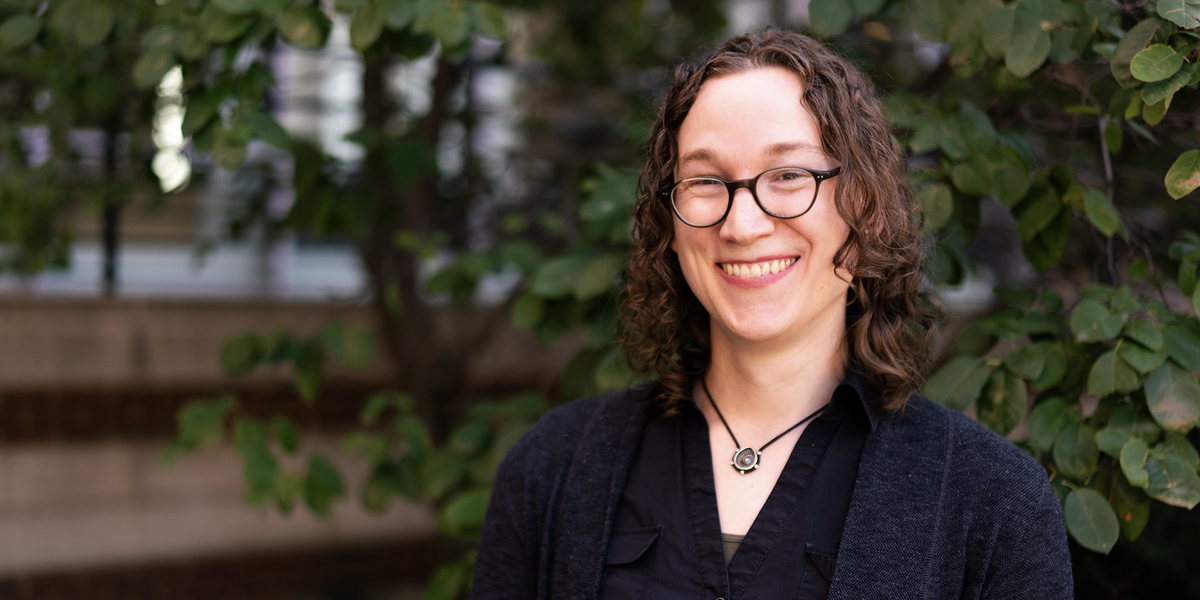
As a college student, Dr. Lexy von Diezmann was captivated by how the material world could be understood by examining the vibrations of small, discrete particles using quantum mechanics. She became interested in physical chemistry and spectroscopy to study particles, structures, and living organisms. Although she considered other fields of academia, she wanted the tangible, hands-on experience of performing experiments in the lab.
Dr. von Diezmann’s lab focuses on understanding how signaling molecules within cells create functions and structures through random diffusion, interactions, and reactions. A vital aspect of this research involves studying the process of recombination, or "crossing over," during meiosis—the division process that produces egg and sperm cells. She shares, “This is the point at which progeny are differentiated genetically from their parents.” This work aims to unravel the mechanisms behind the exchange of genetic material between parental chromosomes, a crucial step in sexual reproduction.
Parental chromosomes undergo genetic exchange during meiosis through deliberate DNA breaks and repairs. This process ensures that each chromosome pair contains at least one crossover point, facilitating the correct distribution of genetic material into egg and sperm cells. The spacing of these crossover events follows a non-random pattern known as crossover interference, which has intrigued scientists since its discovery in the early 20th century.
Dr. von Diezmann, an assistant professor in the Department of Genetics, Cell Biology and Development, uses the model organism C. elegans, a transparent roundworm, to investigate crossover interference. Observing the behavior of proteins involved in chromosome organization and repair within the worm's reproductive organs provides insight into the molecular dynamics underlying crossover formation. She is also studying the liquid-like environment within the nucleus and developing techniques to manipulate the frequency and location of crossover events. The implications of this research are far-reaching. Gaining a deeper understanding of crossover interference and meiotic DNA repair mechanisms may contribute to various fields, including fertility treatment and cancer therapies.
Dr. von Diezmann has found great inspiration in other scientists working in this space where biology and physics meet. Although she can name many influences and mentors, she counts her Ph.D. advisor, W. E. Moerner, a scientist and professor at Stanford University, as particularly helpful. “One of the things about W.E. that was important in shaping my career was how thoughtful and rigorous he is while also finding the joy in this science. He maintained this love and excitement for science even as he became a luminary in the field.”
When asked about the U of M, Dr. von Diezmann shares, “I have been consistently impressed with the institutional knowledge here, but also the willingness to collaborate and support one another.” She is excited to mentor and teach students and see how her work may influence others. She is also intrigued by the potential for interdisciplinary approaches using synthetic biology and genetic engineering. — Anna Freed